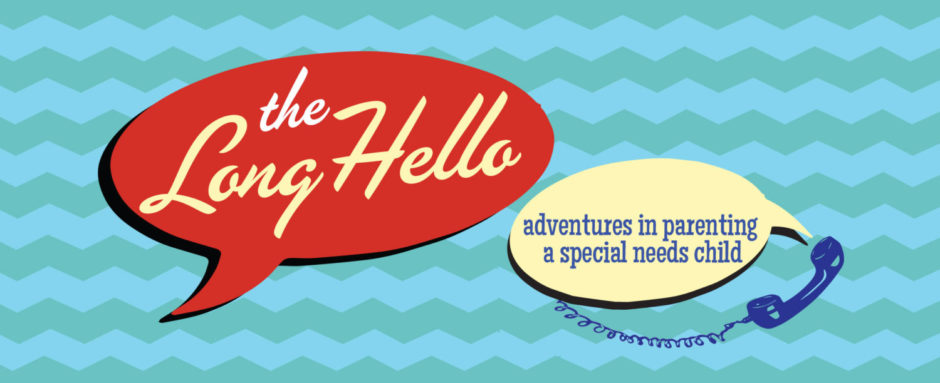As a mom with a PhD, I love it when research supports my mom instincts. Those instincts tell me that typically developing children and their families benefit from spending time with my special needs child, and science thinks so too. A slew of studies demonstrate the benefits of interacting with people who are different from you, here are four that may surprise you.
It makes you smarter
Research shows that when you interact with people who are different from you, it improves your cognitive skills and critical thinking. How? Through a process called effortful disequilibrium: when our view of the world gets challenged, it grows our cognitive skills and ability to deal with complex issues.
It broadens your social circles and friendships
These interactions rewrite the “us versus them” mentality by reducing prejudice, enhancing empathy and deepening understanding of people with diverse backgrounds and abilities. Because greater awareness leads to openness and tolerance for others, you enjoy more cross-group (i.e., out of your comfort zone) friendships.
It makes you a more flexible, action-oriented and engaged global citizen
Interacting with people who are different from you helps to develop a pluralistic orientation. This means that you are more open to different perspectives, more willing to challenge your own beliefs and to negotiate with others who disagree with you. You are also more likely to discuss and engage with complex social issues, and to consider different approaches to solving problems. It also motivates you to take action to solve problems.
It makes you more successful in the workplace
A study by the RAND Institute suggests that the cognitive and social skills that employers value most include the ability to work effectively in diverse groups, openness to new ideas and perspectives, and empathy with other people’s perspectives. These skills are crucial for 21st century workers, where it’s projected that 85 percent of new workers will be women, immigrants and minorities.
It’s worth the effort
Okay, this is just a mom reason. My son is sweet and funny, and he loves people. He’d benefit from spending time with you too.


 Really Dude, Barbies?
Really Dude, Barbies?